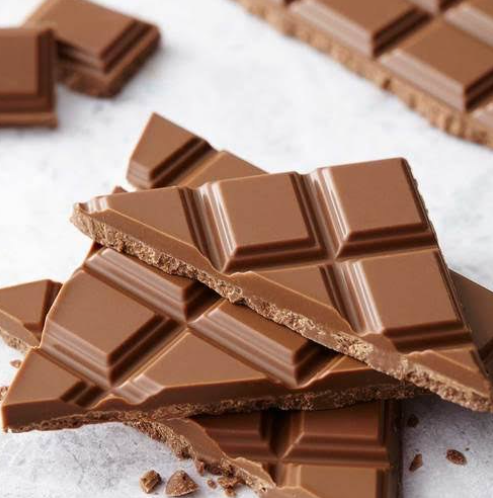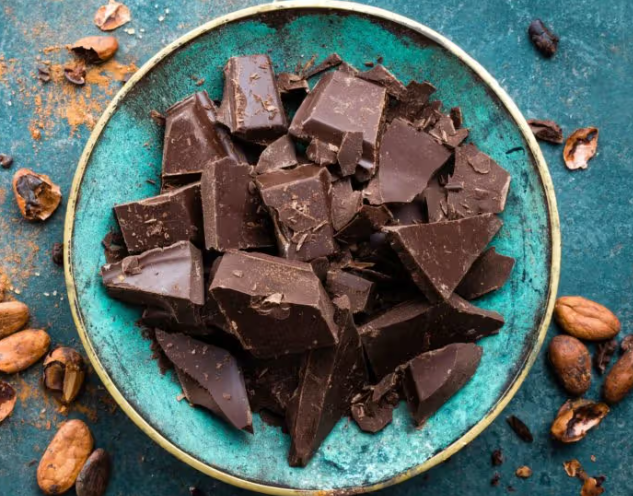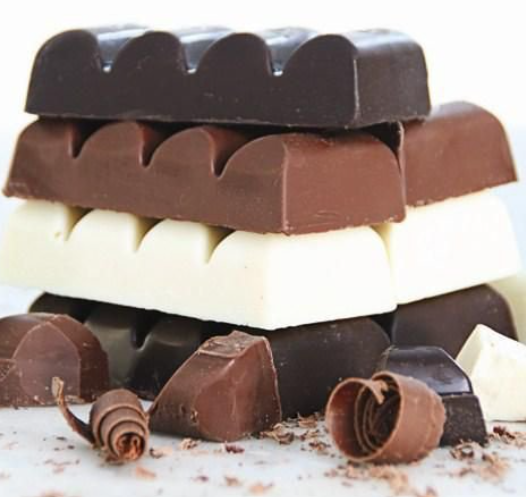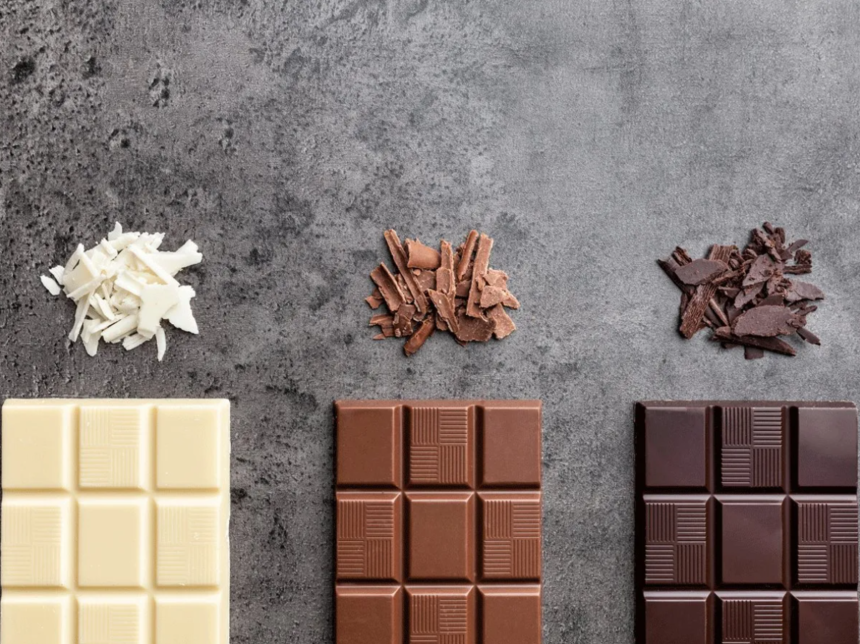Discover the surprising health benefits of dark and milk chocolate in this comprehensive comparison. Learn how antioxidants contribute to your well-being.
When it comes to indulging in the guilty pleasure of chocolate, two main contenders often vie for our attention: dark chocolate and milk chocolate. While both offer a rich and satisfying taste experience, they possess distinct characteristics that set them apart. In this article, we delve deep into the realms of these delectable treats to uncover the nuances of flavor, health benefits, and overall satisfaction, ultimately answering the question: is one truly better than the other?
Flavor Profile
Dark Chocolate
Dark chocolate, known for its intense and robust flavor, boasts a higher concentration of cocoa solids. This results in a bittersweet taste with subtle hints of fruitiness and earthy undertones. The absence of milk solids allows the pure essence of cocoa to shine through, appealing to those with a penchant for rich, complex flavors.
ALSO READ: The Miraculous Benefits Of Applying Oil In Navel

Milk Chocolate
In contrast, milk chocolate is celebrated for its creamy and indulgent taste. With the addition of milk solids and sugar, it offers a smoother, sweeter profile compared to its darker counterpart. The presence of milk lends a velvety texture to the chocolate, making it a favorite among those with a sweet tooth.

Health Benefits
Dark Chocolate
Dark chocolate has long been hailed for its potential health benefits. Rich in antioxidants such as flavonoids, it is believed to promote heart health by improving blood flow and lowering blood pressure. Additionally, moderate consumption of dark chocolate has been associated with improved cognitive function and mood enhancement due to its serotonin-boosting properties.

Milk Chocolate
While milk chocolate may not boast the same level of health benefits as its darker counterpart, it still offers some nutritional value. The inclusion of milk solids provides a source of calcium and protein, albeit in smaller quantities compared to other dairy products. However, it’s important to note that milk chocolate typically contains higher levels of sugar and saturated fats, which should be consumed in moderation to maintain a balanced diet.
ALSO READ: 5 Ayurvedic Tips To Burn Belly Fat Naturally

Culinary Versatility
Dark Chocolate
Dark chocolate’s intense flavor profile makes it a versatile ingredient in both sweet and savory dishes. From decadent desserts like truffles and cakes to savory recipes such as mole sauce and chili, its robust taste adds depth and complexity to a wide range of culinary creations.

Milk Chocolate
Milk chocolate’s creamy texture and sweet taste lend themselves well to classic desserts such as chocolate chip cookies, brownies, and hot chocolate. Its milder flavor profile makes it a crowd-pleaser among all age groups, making it a staple ingredient in many beloved treats.

In the eternal debate of dark chocolate versus milk chocolate, there is no clear winner. Each variety offers its own unique characteristics, appealing to different palates and preferences. Whether you gravitate towards the bold intensity of dark chocolate or the creamy sweetness of milk chocolate, one thing is certain: both deserve a place in your culinary repertoire. So why not indulge in a piece of each and savor the best of both worlds?
ALSO READ: 5 Best Fat-Burning Cardio Exercises For Women Over 40
Click here, to check out HNN’s latest post.
Image source: Google




































